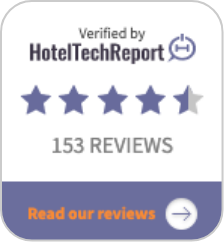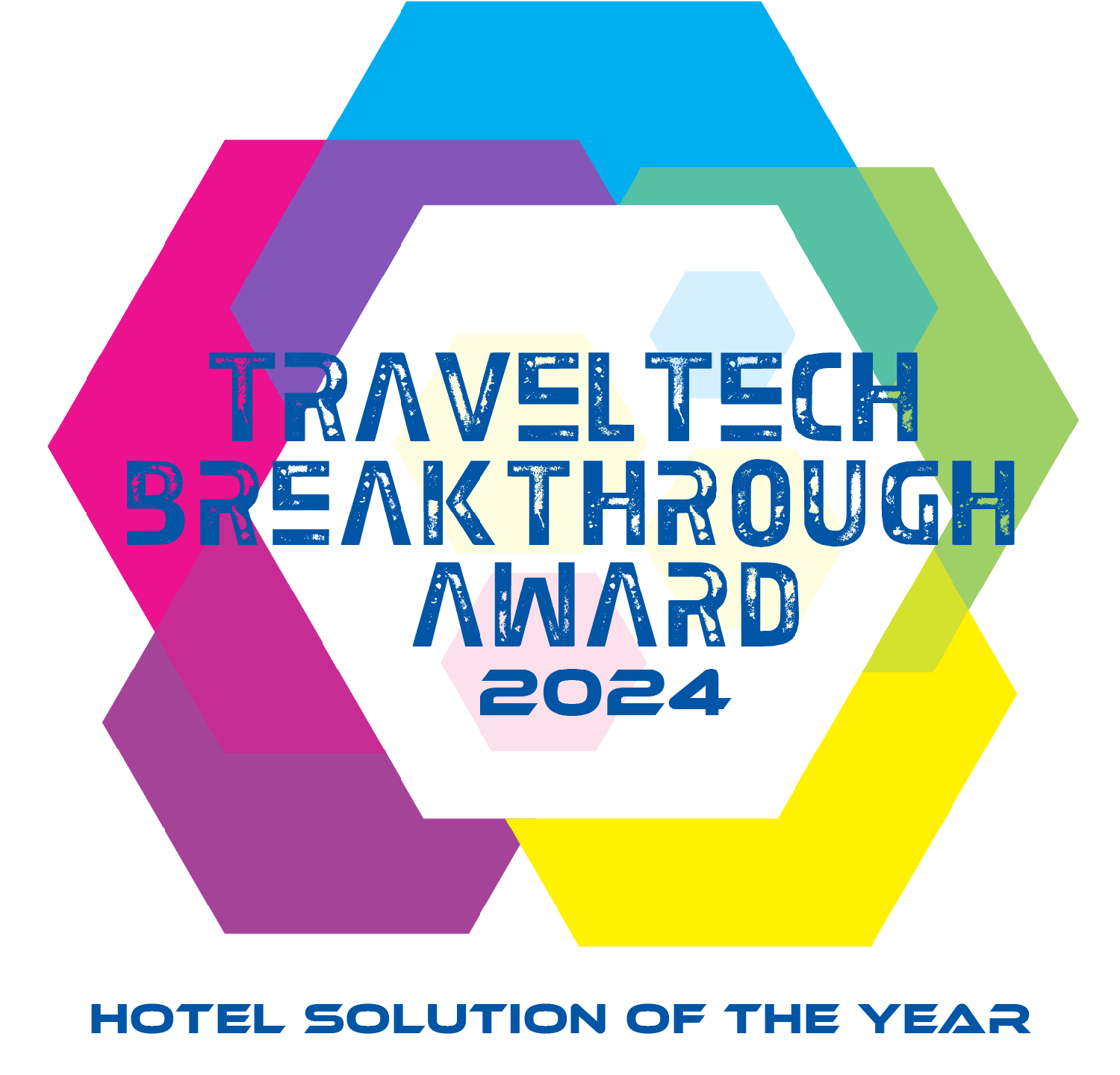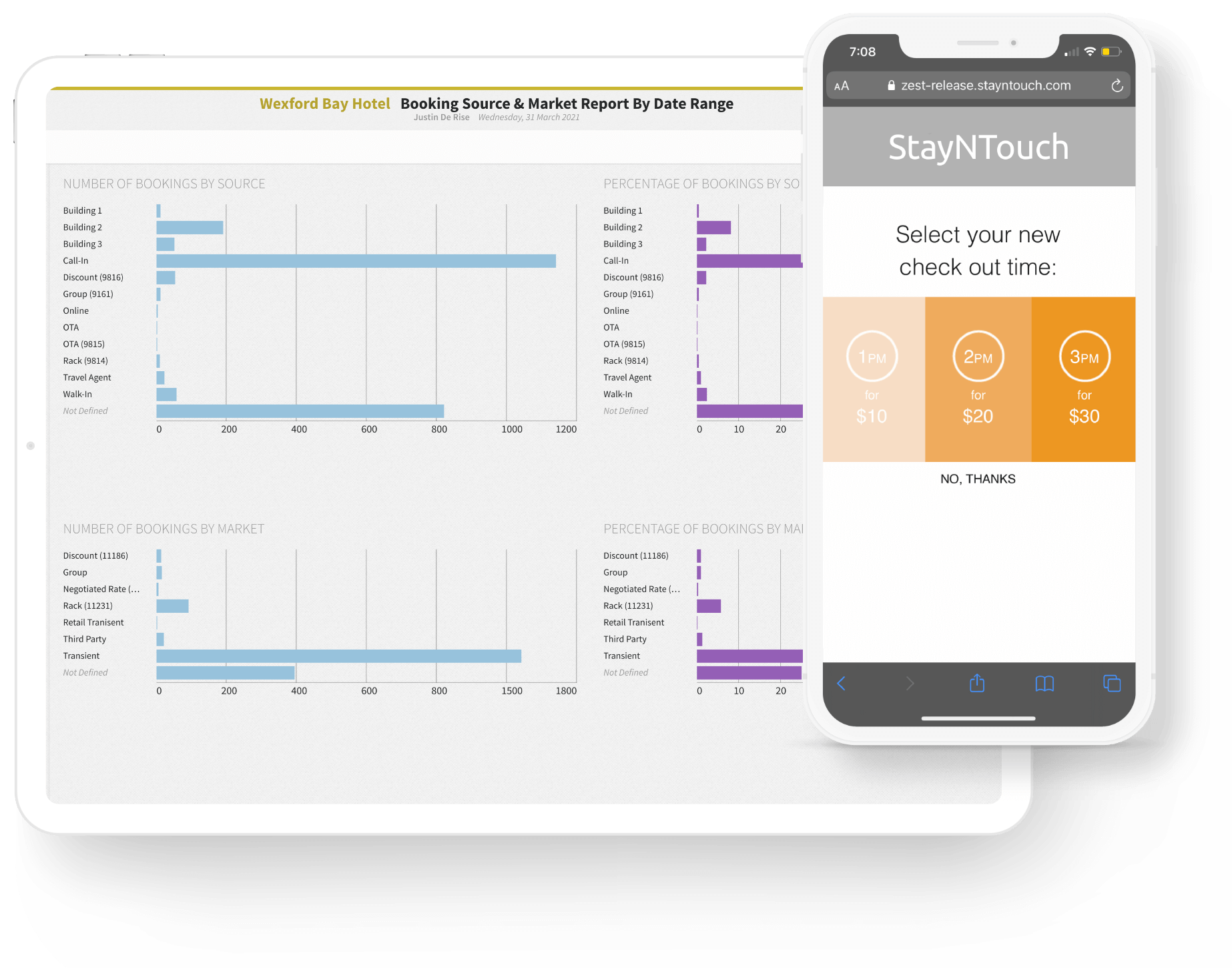On July 20th, Skift published a report by the artificial intelligence company, [27]/7, that reveals how hoteliers that adopt a digital strategy that focuses on guest experience, may win back customer bookings lost to the OTAs. The report titled, Hospitality and the Digital Concierge, explains that hotels can get ahead by creating a digitally powered, personalized customer service experience.
The hotels have a love/hate relationship with the online travel agents. The only reason OTAs can sell the hotels’ rooms is that the hotels themselves allow it and distribute rooms to those outlets. So while they need the sales channel, for years hoteliers have been trying to push customers to their own brand sites for bookings as it is the lowest cost sales channel they have. Unfortunately, the OTA’s continue to win this war – at a steep cost of sale price to hotels.
But this new report points out a critical weakness in the OTA model. The OTA must hand-off the guest to the hotel prior to the stay… and hoteliers need to take advantage of that moment. The truth is that the OTAs don’t like to reveal the guests’ email addresses. They figure that if the hotel has the email address, then the hotel can market directly to the guest in order to get their next booking directly (outside of the OTA). As such, it puts the hotel in the tough situation of asking for e-mail information upon check in – but not having any reason that provides real value to the guest.
However, that is changing. Savvy hotels are taking the pre-arrival and arrival periods to promote a hotel-specific digital experience to the user. This can come in many forms. For example, it could be an app that acts as a digital concierge, moving through the hotel through their stay. Or it can be web enabled check-in and check-out that offers late check-out options.
For example, the hotel, ROW NYC, has been very successful in converting OTA customers to repeat customers through the use on web check-in technology. Like many hotels, ROW receives a large share of OTA customers. Because the OTAs won’t include e-mail information with the reservation data, they cannot e-mail these customers in advance to promote stay enhancements or their web check-in service. But interestingly enough, many guests arrive early to the hotel – prior to posted check-in time. ROW suggests that the guest can check their bags and then stroll around New York City, and the hotel will notify the guest digitally when their room is ready. So ROW can now collect the guest e-mail information but the guest gets something of value – their stay is enhanced through the web check-in system that is presented as a digital notification system. Once the guest e-mail is in the system, they can also select late-check-out option at the end of their stay.
In any case, the guest provides their e-mail because they are getting something of value in exchange – something that will enhance their stay experience.
Once the user has access to the app or the web-based experience, a wedge is essentially driven between the guest and the OTA. By including features that enhance each part of the stay (Booking, Pre-stay, In-stay and Post-stay), the hotel succeeds in doing three things. First, the better and enhanced experience is going to improve loyalty and will be a catalyst for social and reviews (better water-color fodder). Secondly, they now have something tangible from the stay. The guest may have received the app upon check-in, but will now have something on their phone they can use the next time they need to make a booking with that brand. Lastly, the well-designed digital experience will gather more guest profile information than a simple e-mail address. In this era of audience segmentation and personalized promotion, the smart leveraging of user behavior and personal interest data may have a direct impact on your conversion numbers in the future.
[24]7 is very focused on concierge support in the form of artificial intelligence used to answer guest questions. But the specific feature set is less important than the bigger picture. Hotels own the guest experience and should have a strategy to introduce a digital element to the experience that will both provide value and also provide a longer last bridge to the user. The report attests that if true value has been presented to the guest, that guest will be more inclined to re-visit that digital experience than go to the OTA for their next booking. Hotels shouldn’t be looking for a digital gimmick – they need a digital strategy that will create a longer lasting bond between the hotel brand and the guest.











